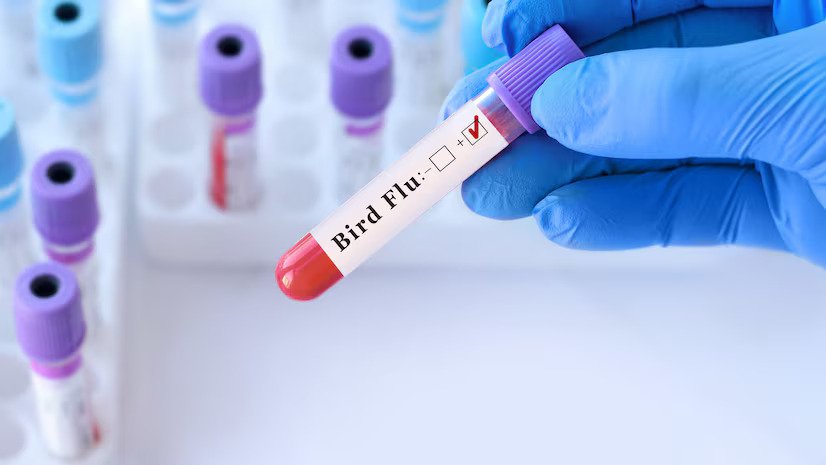Matthew Perry’s death is currently under investigation by the Los Angeles Police Department and other U.S. agencies, more than six months after he was found unresponsive in his pool in October 2023.
The LAPD confirmed the joint investigation in an email statement to USA TODAY. A central focus is tracing the source of the ketamine that contributed to Perry’s death, as reported by NBC News and ABC News. Detectives have been interviewing people who might have information on the drug’s origin, according to ABC.
“Based on the Medical Examiner’s findings, the Los Angeles Police Department, with the assistance of the Drug Enforcement Administration and the United States Postal Inspection Service, has continued its investigation into the circumstances of Mr. Perry’s death,” the LAPD stated.
The DEA declined to comment, citing a policy against discussing ongoing investigations. USA TODAY has contacted the U.S. Postal Service Inspection Service for comment.
The Los Angeles County Medical Examiner released Perry’s autopsy report in December, ruling his death an accident caused by “the acute effects of ketamine.” Contributing factors included drowning, coronary artery disease, and the effects of buprenorphine.
Buprenorphine is an “opioid-like drug used in the treatment of opioid addiction as well as acute and chronic pain,” according to Perry’s 29-page autopsy report obtained by USA TODAY. The report noted no signs of “fatal trauma and no foul play suspected.”
Details Surrounding Matthew Perry’s Death in October 2023
On October 28, 2023, the Los Angeles Fire Department responded to Perry’s Pacific Palisades home at 4:07 p.m. after receiving a call about an unconscious adult male in a standalone jacuzzi.
Perry’s live-in personal assistant was the last person to see him alive that day after he returned from playing pickleball. The assistant had left the house for several hours to run errands and discovered Perry’s body at 4 p.m. Responding officers pronounced him dead at 4:17 p.m.
No pills, drugs, or medications were found near the pool, and Perry had no alcohol or drugs such as methamphetamine, cocaine, heroin, or fentanyl in his system.
Autopsy Results and Ketamine Levels
Ketamine is described as a “dissociative anesthetic” with hallucinogenic properties that distort sight and sound perception, according to the DEA.
The autopsy report noted Perry as a “54-year-old male with a history of chronic obstructive pulmonary disease/emphysema, diabetes; drug use in past — reportedly clean for 19 months; heavy tobacco user for many years but currently not smoking; on ketamine infusion therapy with most recent therapy reportedly one and a half weeks before death.”
Perry had high levels of ketamine in his system, measuring up to 3,540 nanograms per milliliter. “Levels for general anesthesia are typically in the 1,000-6,000 ng/ml ranges,” the report states.
Perry was reportedly receiving ketamine infusion therapy for depression and anxiety, but the ketamine present at his death could not be from that therapy, as ketamine’s half-life is 3 to 4 hours, or less. The autopsy also indicated that the method of intake was unclear.




